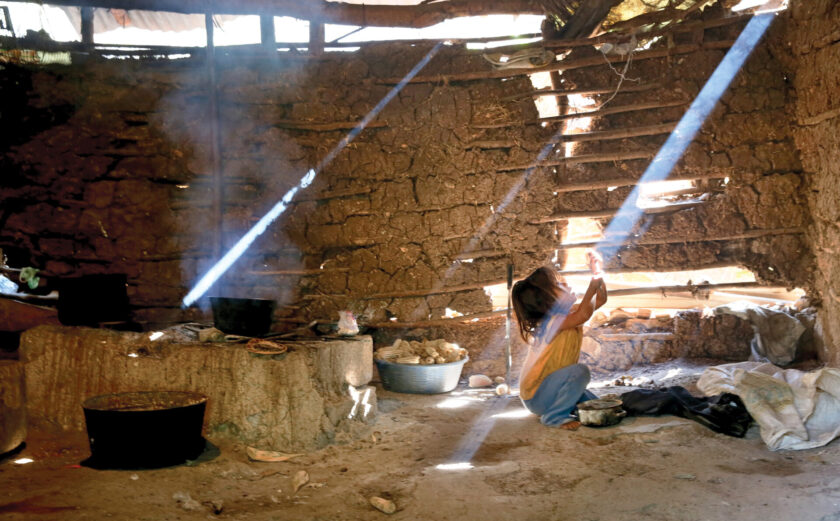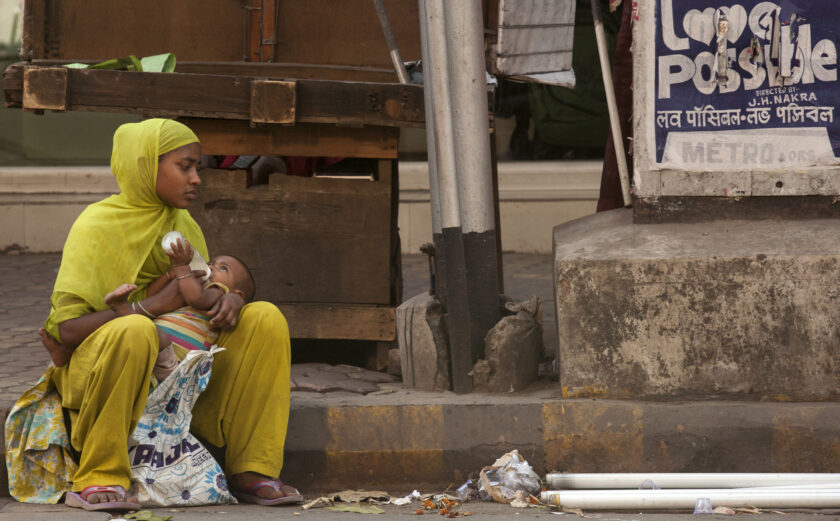Language in Protective Humanitarian Action: Practical lessons from Myanmar, Bangladesh and Northeast Nigeria
As part of its ongoing work on Results-Based Protection and how humanitarian action can achieve meaningful and concrete protection outcomes, InterAction hosted a webinar exploring the role of language in protective humanitarian action. View the webinar
Humanitarian actors are often engaged in responses in multi-lingual environments, yet translation and language knowledge does not tend to prominently feature in program design and evaluation. The reality of multi-lingual environments is exemplified in the cases of the Rohingya in Myanmar and Bangladesh, and the IDP situation in Northeast Nigeria. Compounded with low literacy rates, especially among women and other vulnerable populations, language barriers can, and often do, heighten protection risks. Ellie Kemp, head of crisis response at Translators Without Borders, talks about a few consequences when humanitarian actors communicate in only the dominant lingua franca:
“We make assumptions, for instance in Northeast Nigeria, that it is enough to communicate in Hausa and Kanuri as two big local lingua francas yet, when you test that assumption, we see that it is not true. We tested comprehension of very simple humanitarian materials among IDPs and host communities in Borno state. We found that 91 percent of less-educated women did not even understand very simple information written in Hausa or Kanuri unless they were native speakers of those languages. That means if you are communicating in written form in those languages, you are essentially talking to educated male native speakers, so even the most basic information about what assistance is available and how it can be accessed can fail to reach the people who need it most.”
Other consequences include skewed needs assessments and reduced access to services.
Results-based approaches to protection aim to put affected populations at the center of analysis, and a fundamental piece to quality analysis is obtaining accurate data. Being able to communicate effectively with affected individuals, in a language and format they can understand, is central to that process. Principle 22 of The Guiding Principles on Internal Displacement explicitly states that people affected by crisis have the right to communicate in a language they understand.
The expert speakers also explored steps that humanitarian actors can take to ensure that they are communicating in appropriate languages and formats in any given response. One is by collecting useful information at the right time. Mia Marzotto, the senior advocacy officer at Translators Without Borders based in Cox’s Bazar, Bangladesh, describes the type of data that organizations should aim to collect:
“There are two key pieces of data that are definitely necessary; one is information on the languages that people speak and understand in order to ensure that we can listen to the experiences of the widest possible section of the community and develop accurate and inclusive protection analysis and the second piece is information on people’s communication preferences and information access, and this is necessary to develop a conflict sensitive communications strategy that avoids talking only to the more powerful groups or to those who may have access to more information tools, or the ability to read and write in the main languages.”
This type of data should be collected regularly, as information and communication needs and preferences might evolve as a response evolves. The challenge is then using this data in a meaningful way to create effective two-way channels and methods of communicating in those languages where necessary. It is essential that humanitarian response is adaptive to new information and understanding of people’s experiences in humanitarian crises. Noreen Omondi, protection & rule of law coordinator for the International Rescue Committee, talks about the importance of flexibility in program design and some potential constraints:
“Protection concerns are generally not static—they keep on changing in every context. That means we have no option but to make sure we are incorporating flexibility into our programing. Of course there are challenges when it comes to trying to be very flexible in our responses, internal structures we have in our organizations sometimes limit us, donor requirements also limit us, but with that said, a good protection response or any humanitarian response should be risk informed.”
The speakers also discussed the importance of language in regards to the prevention of sexual exploitation and abuse, or PSEA – ensuring that affected populations can report abuse or misuse of aid in a language they feel comfortable communicating.
Finally, the speakers explored opportunities for collective investment in translation, interpretation, and terminology development, and the need for additional training for international staff in local languages as way to build better relationships with those they serve.








